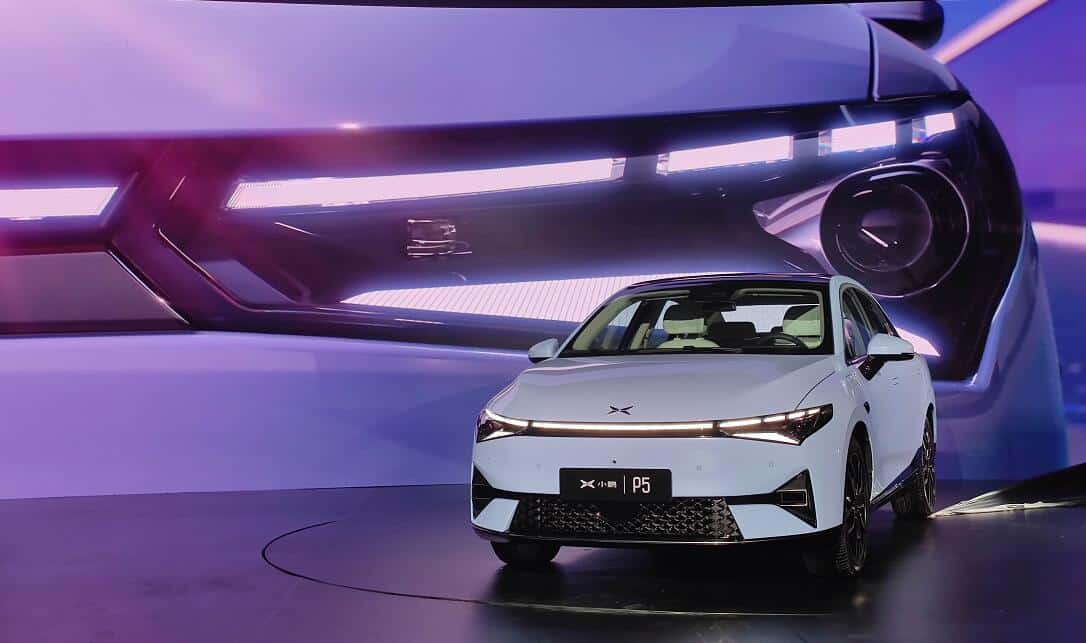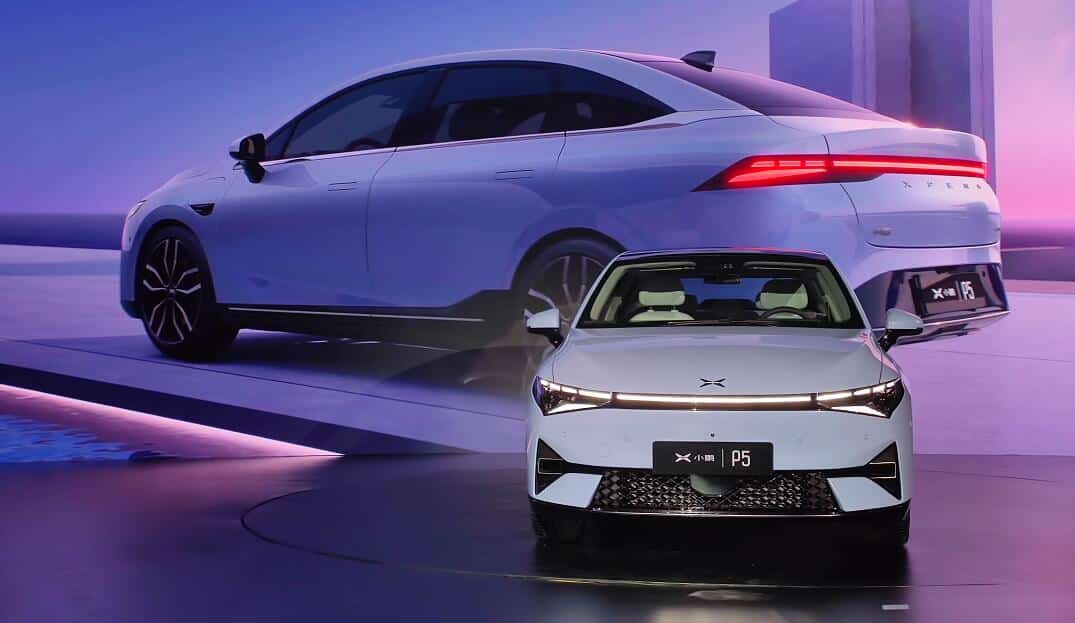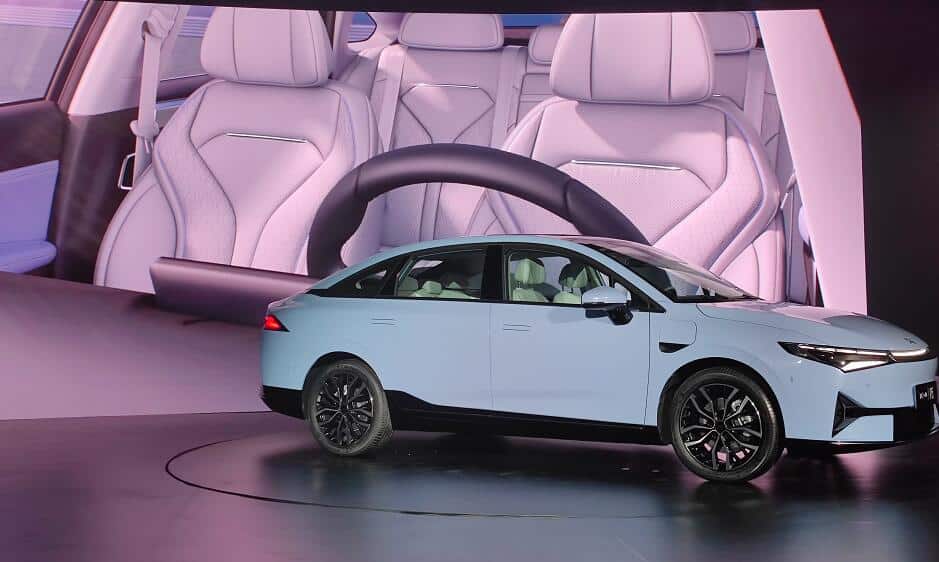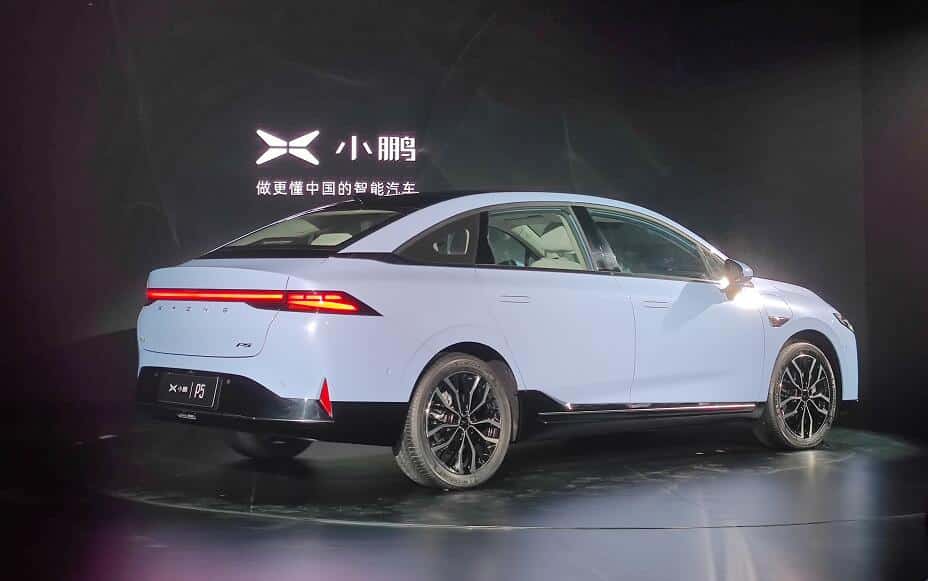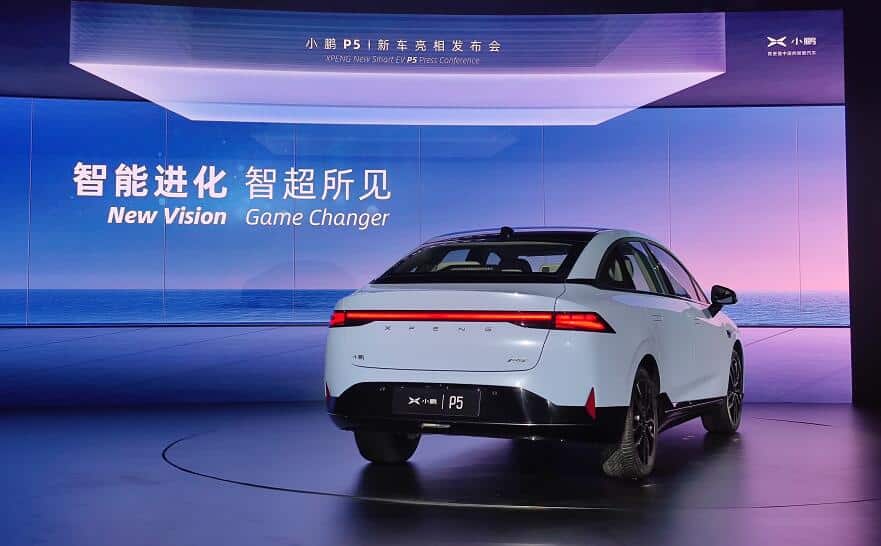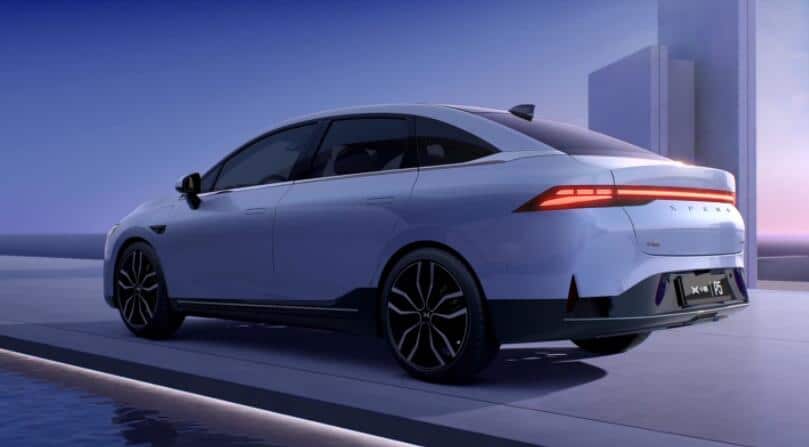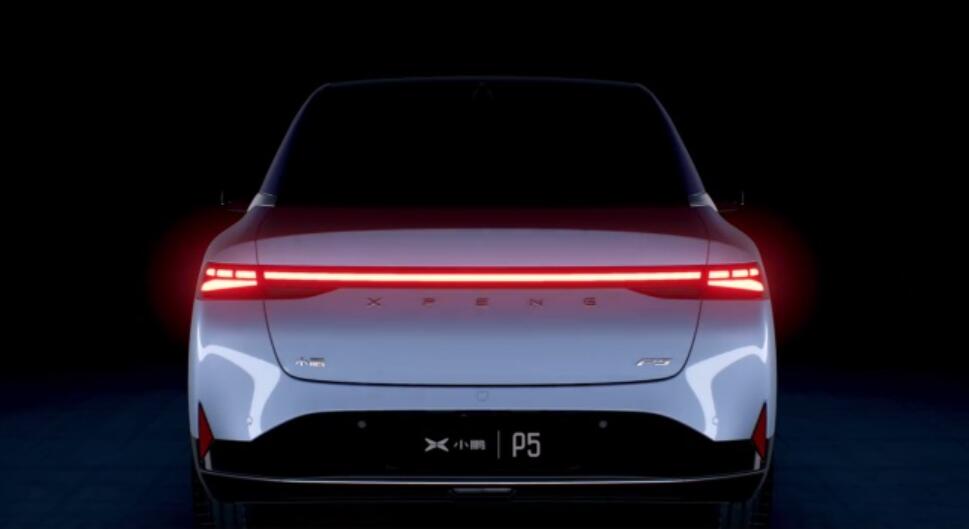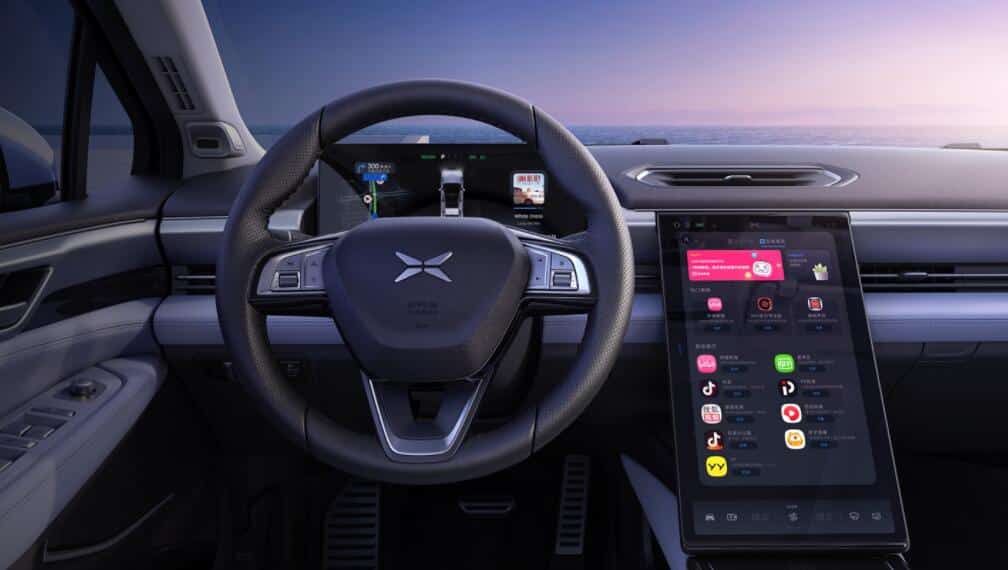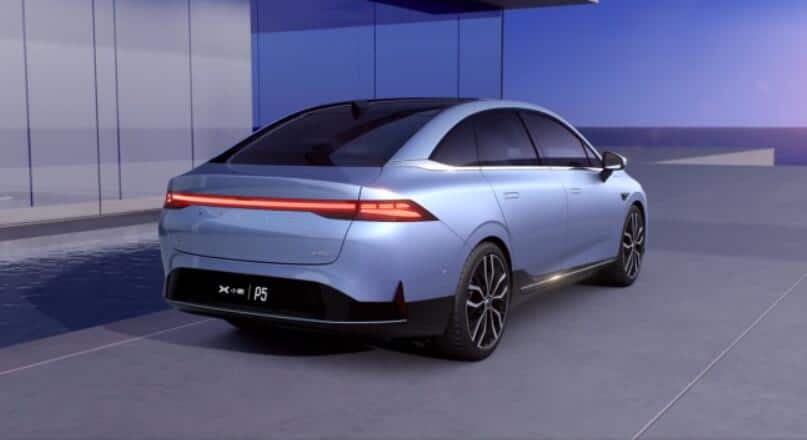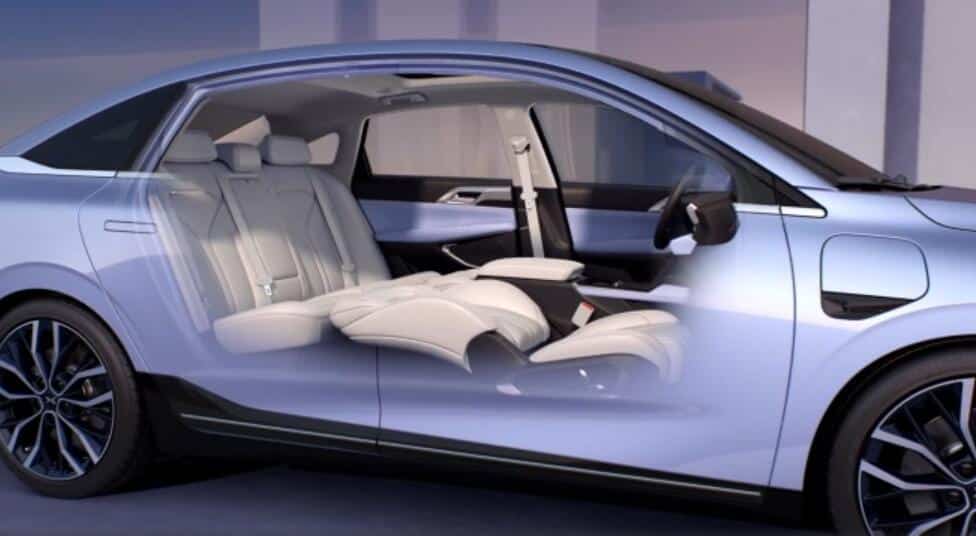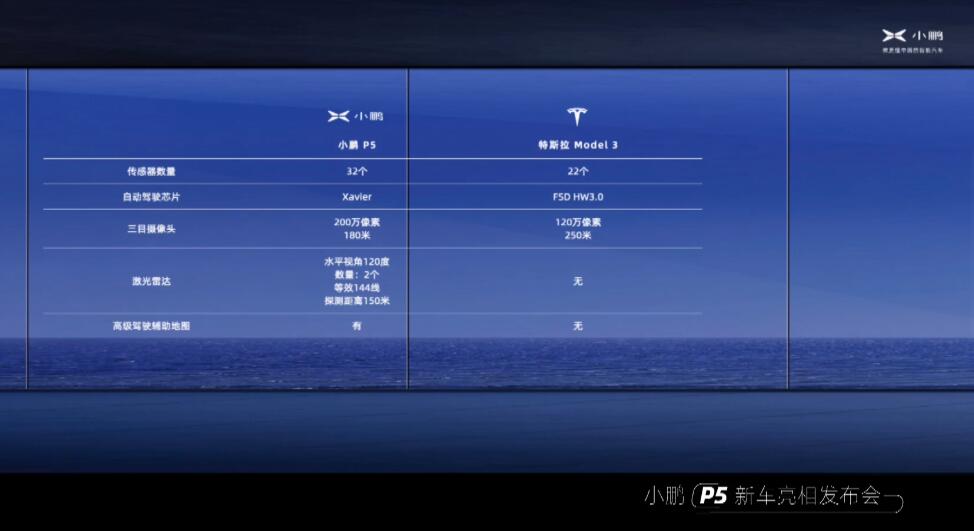Chinese electric car company Xpeng Motors (NYSE: XPEV) on Wednesday unveiled the P5, the world's first mass-produced LiDAR-equipped smart car.
The Xpeng P5 is positioned below the company's existing flagship car, the P7, as an all-electric compact car.
The international version of Xpeng P5 is being developed simultaneously and will enter Norway as well as the EU, the company said.
The Xpeng P5 has 32 sensors, more than the 22 of the Tesla Model 3.
Xpeng P5 features XPILOT 3.5 autonomous driving assistance system with a 120° horizontal view of the LiDAR and an increased detection distance of 150 meters, giving the NGP the ability to drive with automatic navigation assistance in the city.
Compared to the Xpeng P5, the Tesla Model 3 is not equipped with LIDAR and advanced driver assistance maps.
Xpeng P5 price has not been announced yet.
The car, with an NEDC range of 600 km, will be delivered in the fourth quarter this year.
The Xpeng P5 is 4808mm long, with a wheelbase of 2768mm and a combined NEDC range of 600km.
It has a hidden telescopic electric door handle and an ultra-low wind resistance of 0.223.
The car is equipped with HAP LIDAR from Livox on both sides of the front, in addition to 5 millimeter-wave radars, 12 ultrasonic radars, and 13 cameras.
In addition, it has a set of high-precision positioning units (GPU+IMU) to enable NGP automatic navigation assisted driving.
The car has a built-in X-HP intelligent thermal management system with heat pump air conditioning.
Its battery pack is IP68-rated waterproof and features a non-thermal spread safety design battery.
On the inside, the Xpeng P5 features a 1.493 m2 panoramic roof and front seatbacks that can be positioned horizontally.
Xpeng P5 is equipped with a Qualcomm Snapdragon SA8155P chip with 12GB memory and 128GB storage.
The vehicle also supports the voice control of the DJI Mavic 2 Pro drone, and video footage can be transmitted to the large center screen in real-time.
Xpeng had announced a partnership with Livox Tech, incubated by Chinese drone company DJI, to use a custom vehicle-grade LiDAR for Xpeng in the car.
The LiDAR generates point clouds using laser scans to create 3D maps and allows NGP functionality to be used in cities.
Compared to the millimeter-wave radar and camera combination, LiDAR is better for high-speed static object recognition and performs better in low-light conditions.
The car is expected to compete with electric sedans such as the BYD Qin Plus EV and GAC Aion S.

